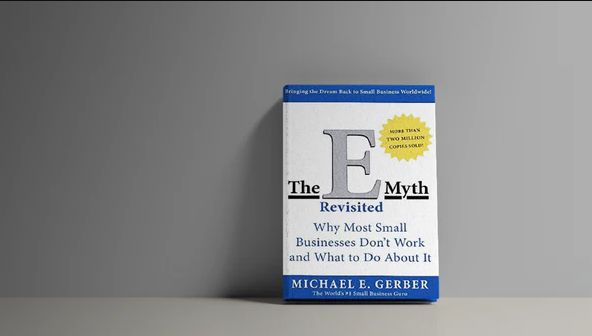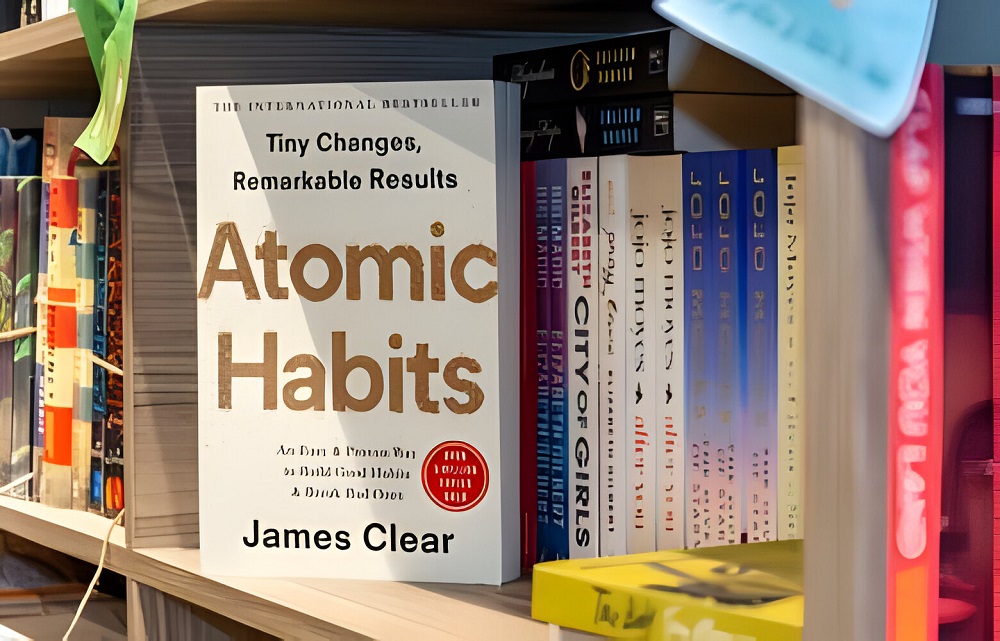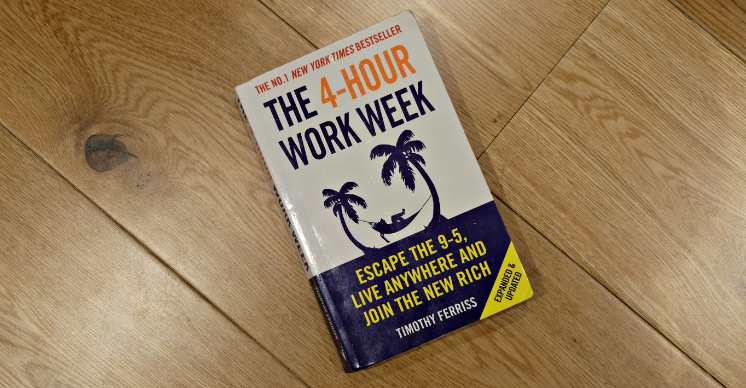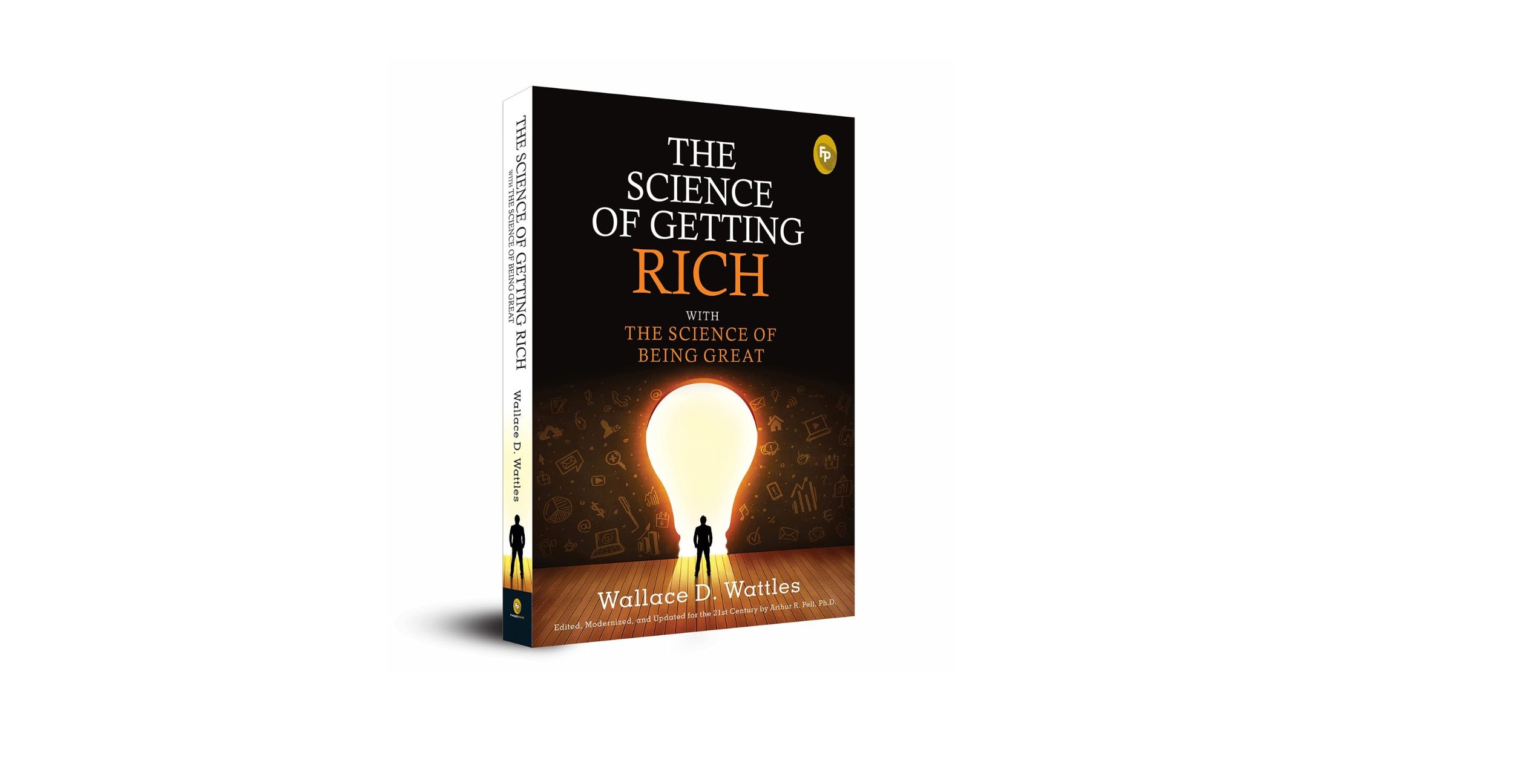
Robert Greene’s “The Art of Seduction” is your ultimate guide to mastering the art of charisma and influencing minds, weaving into some historical anecdotes with invaluable insights to reveal the techniques of seduction.
The author categorises seducers into nine types, from the charismatic to the enigmatic, and offers strategies on how to embody these archetypes to achieve your goals, whether in personal relationships, business, or social settings.
Find these key points from the book to inculcate them into your lives to enhance your destiny.
Contents
1. The Seductive Characters:
Greene identifies nine archetypes of seducers, each with unique traits and strategies. Know about each of the archetypes in the description below.
- The Siren
Uses alluring methods and promises of pleasure to get ahold of their targets.
- The Rake
Engages with intense passion and persistent pursuit, creating an irresistible sense of adventure and desire.
- The Ideal Lover
Tailors their behaviour to match the deepest desires and fantasies of their target, making them feel uniquely understood and cherished.
- The Dandy
Displays an intriguing blend of masculine and feminine qualities, attracting through mystery and nonconformity.
- The Natural
Embodies childlike innocence and spontaneity, drawing people in with their genuine charm and playfulness.
- The Coquette
Masters the art of delay and withdrawal, creating longing and anticipation through strategic distance.
- The Charmer
Wins people over with effortless grace, social ease, and a focus on making others feel good about themselves.
- The Charismatic
Radiates confidence, purpose, and a magnetic personality that inspires devotion and trust.
- The Star
Uses a larger-than-life presence and aura of celebrity to fascinate and attract through glamour and mystery.

2. The Victims:
There are equally important eighteen types of “victims,” or those who are susceptible to seduction. The author emphasises understanding your target’s desires and vulnerabilities. Here is a brief overview of each type:
- The Reformed Rake or Siren: Previously indulged in seduction, now seeks stability but remains susceptible to rekindled passions.
- The Disappointed Dreamer: Lives in a world of unfulfilled dreams and desires, easily lured by someone who offers hope and excitement.
- The Pampered Roya: Accustomed to privilege and attention, they crave novelty and flattery.
- The New Prude: Exhibits a delicate prudishness, often to mask deeper desires and curiosities.
- The Crushed Star: Once enjoyed fame or adoration, now feels neglected and craves admiration and attention.
- The Novice: Inexperienced and naive, they are drawn to the allure of the unknown and the excitement of seduction.
- The Conqueror: Enjoys challenges and the thrill of the chase, easily seduced by someone who presents themselves as a worthy opponent.
- The Exotic Fetishist: Fascinated by the foreign or unusual, they are drawn to people who are different from their norm.
- The Drama Queen: Thrives on emotional highs and lows, attracted to those who can provide a rollercoaster of emotions.
- The Professor: Intellectually driven and curious, they are seduced by those who can stimulate their mind and offer new insights.
- The Beauty: Used to being admired for their looks, they seek someone who can see beyond their exterior and appreciate their inner qualities.
- The Aging Baby: Struggles with the inevitability of ageing, seeking validation and rejuvenation through seduction.
- The Rescuer: Driven by a need to help and protect, they are easily drawn to those who appear vulnerable or in need.
- The Roué: A jaded hedonist who has experienced it all, looking for a new thrill or unique experience.
- The Idol Worshipper: Looks for someone to idolise and idealise, often placing them on a pedestal.
- The Sensualist: Seeks pleasure and sensory experiences, easily drawn to those who can offer physical gratification.
- The Lonely Leader: Isolated by their position of power, they are seduced by someone who can offer genuine companionship.
- The Floating Gender: Fluid in their identity and expression, they are attracted to those who celebrate and complement their ambiguity.
-
The Seductive Process:
Seduction is a gradual process. It starts with choosing the right victim and moves through stages like creating a false sense of security and the art of withdrawal.
-
Mastering Indirect Approaches:
The author advocates for subtlety and indirect tactics. Keep your intentions hidden and let your target chase you, heightening their interest and desire.
-
The Power of Words:
Words are powerful tools in seduction. Use poetic and hypnotic Language to enchant and captivate. Compliments should be specific and personalised, making the target feel uniquely valued and understood.
-
Creating an Aura of Power:
Develop an aura of confidence and control. Seducers exude a sense of calm self-assurance, making them appear more attractive and desirable. This aura can be cultivated through body language, eye contact, and controlled emotional expression.
-
Playing to the Senses:
Seduction involves engaging all senses. The author suggests using elegant attire and gestures, scents and sounds, to create an immersive experience.
-
Maintaining Mystery:
Keep an element of mystery alive. Revealing too much too soon can diminish intrigue. Maintain a sense of unpredictability and depth, ensuring your target remains curious and engaged.
-
The Art of Timing:
Timing is crucial in seduction. Knowing when to advance, retreat, or give space can make or break the process.
-
Ethical Considerations:
The author doesn’t ignore the ethical dimensions of seduction. He warns against manipulation purely for personal gain and emphasises the importance of mutual respect and consent in the seductive dance.
The art of seduction is not about manipulation or deceit, but about creating genuine allure and forging connections that are mutually enriching. It’s a reminder that with great power comes great responsibility, and the true master of seduction wields their influence with grace and integrity.
Whether you prefer reading or listening, Download Wizdom app to access “The Art of Seduction” and a treasure trove of books in similar categories. Download now and Expand your knowledge, master the art of persuasion, and discover a world of captivating insights waiting for you on Wizdom.

Aishwarya
Often found roaming between the realms of intellect and imagination, Aishwarya is currently practising her third year of Computer Science Engineering. She shares a special penchant towards writing which gives her an ideal way of expressing her creativity in a lucid and insightful writing style. Beyond that she's a voracious reader, an amateur artist and has a knack for Astrophysics.
Recent Posts
- 25 Top Quotes from The 10X Rule to Supercharge Your Ambition
- 10 Books You Must Read to Succeed in Your Career
- 30 Little Tricks for Big Success in Relationships
- 25 Life-Changing Self-Help Books to Read This December: Boost Your Mood and Your Mind
- 25 Amazing Self-Care Tips for December: Wrap Yourself in Joy, Not Stress








